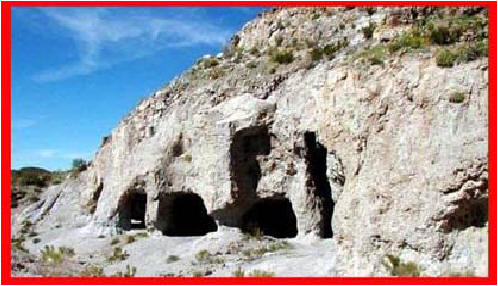When you think of a Harley, you don’t typically think of them flying through the air, at least not on purpose. But a little known fact, is that throughout the history of Harley Davidson, a few enterprising individuals have dared to take their Hog airborne. Follow LRS as we explore the history of the flying Hog.
The world
record for the longest jump on a Harley (or any motorcycle) was originally set
in 1975 by Robert Knievel, AKA Evil Knievel when he jumped his bike 115 feet
over 14 Greyhound buses in Cincinnati, Ohio.
 |
| Evel made 300 jumps in his career, 273 of them were successful, the rest.... Not so much! |
This record was later broken by
Bubba Blackwell in Las Vegas, Nevada when he topped Evil by 1 Greyhound bus and
jumped 157 feet.
While both
of these jumps were impressive, the record would again be challenged by motocross legend Seth
Enslow in 2010, in Sydney, Australia. Enslow would take his Harley XR1200 to new
heights and lengths, as he jumped an astonishing 183 feet to shatter the previous
world record for the longest jump on a Harley Davidson.
We’ve all
heard the expression “when Pigs fly”, well these daring individuals had the
courage, audacity, and perhaps a touch of insanity, turn the figure of speech into a reality and make hogs fly.
These examples of modern day jumps are fascinating, but the the roots of flying bikes, go even deeper, dating back to as early as World War 2. During the war, soldiers often prided themselves on being able to jump their hard-tail bikes across ditches, trenches, and even fences in order to move quickly and efficiently across the battlefield.
It seems that ever since man has been moving on two wheels, the desire to move those two wheels into the air has been a driving force for many riders. Early racing even included jumping, and has been a staple of motorcycle racing ever since.













